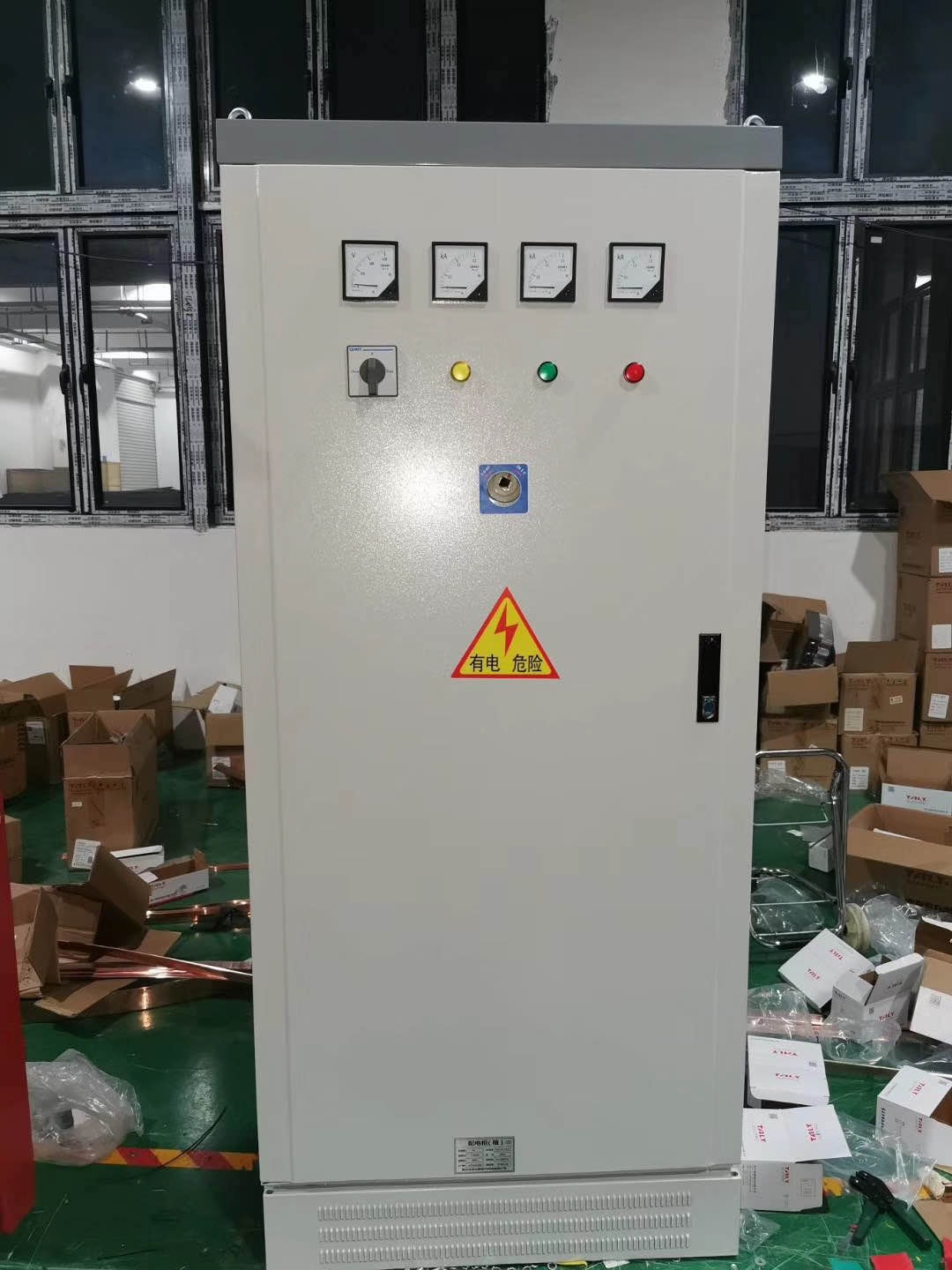what is switchgear in electrical engineering
 In electrical engineering, **switchgear** refers to a **combination of electrical devices** designed to control, protect, and isolate
In electrical engineering, **switchgear** refers to a **combination of electrical devices** designed to control, protect, and isolate
electrical circuits and equipment in power systems. It plays a critical role in ensuring the safe and efficient operation of electrical
networks. Below is a detailed technical explanation:
**Definition (IEEE Standard)**
Per IEEE terminology, switchgear is defined as **"equipment used for switching, protecting, and controlling electrical circuits and
equipment"**, including circuit breakers, switches, fuses, and associated control/protection devices.
**Core Functions in Electrical Systems**
1. **Switching**
- **Normal Operation**: Connect or disconnect circuits under load (e.g., circuit breakers, contactors).
- **Emergency Shutdown**: Rapidly interrupt fault currents (e.g., during short circuits or overloads).
2. **Protection**
- Integrates **protective relays** to detect abnormal conditions (overcurrent, overvoltage, phase imbalance) and trigger
circuit interruption.
- Coordinates with **fuses** for overcurrent protection in low-voltage systems.
3. **Isolation**
- **Disconnectors (Isolators)**: Provide a visible mechanical break for safe maintenance, ensuring no accidental energization.
4. **Monitoring & Control**
- Includes **instrument transformers (CT/PT)** to measure voltage/current.
- Supports **remote operation** (e.g., via SCADA systems in smart grids).
**Key Components**
| Component | Role in Electrical Engineering |
| Circuit Breaker (CB) | Interrupts fault currents; rated by voltage (e.g., 11kV, 132kV) and breaking capacity. |
| Disconnector | Isolates circuits without load; essential for safety during maintenance. |
| Relay Protection | Microprocessor-based relays for precise fault detection (e.g., distance protection, differential protection). |
| CT/PT | Converts high voltage/current to low levels for meters and relays. |
| Busbars | Conductors for distributing power within the switchgear. |
**Voltage Classifications (IEEE Standards)**
1. **Low Voltage (LV)**: ≤1kV
- Applications: Residential distribution boards, small industrial systems.
- Example: Molded Case Circuit Breakers (MCCBs).
2. **Medium Voltage (MV)**: 1kV–52kV
- Applications: Substations, industrial feeders, renewable energy integration.
- Example: Gas-insulated switchgear (GIS) for 12–36kV systems.
3. **High Voltage (HV)**: >52kV
- Applications: Transmission grids (e.g., 132kV, 400kV substations).
- Technology: SF₆ circuit breakers, air-insulated switchgear (AIS).
**Design Principles**
- **Short Circuit Rating**: Must withstand and interrupt maximum fault currents (e.g., 50kA at 11kV).
- **Arc Flash Protection**: Enclosures and interlocks to contain arc faults in LV/MV systems.
- **Environmental Compliance**: IP ratings for dust/water protection (e.g., IP54 for outdoor switchgear).
**Modern Switchgear Trends**
- **Digital Switchgear**: IoT-enabled devices for real-time monitoring (e.g., predictive maintenance).
- **Green Technology**: SF₆-free alternatives (e.g., vacuum circuit breakers, dry air insulation).
- **Compact Design**: GIS reduces space requirements by 70% compared to AIS in HV systems.
**Analogy in Electrical Engineering**
Switchgear is the **"nervous system" of a power grid**—it acts like a combination of a circuit breaker, a security guard,
and a data logger, ensuring safe operation, rapid fault response, and system visibility.
This definition aligns with international standards (IEEE C37 series) and emphasizes switchgear’s technical role in
electrical engineering practice.


